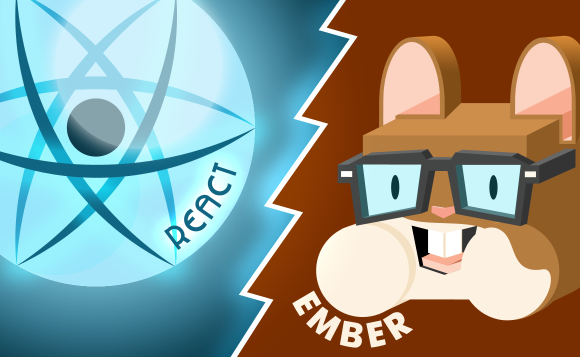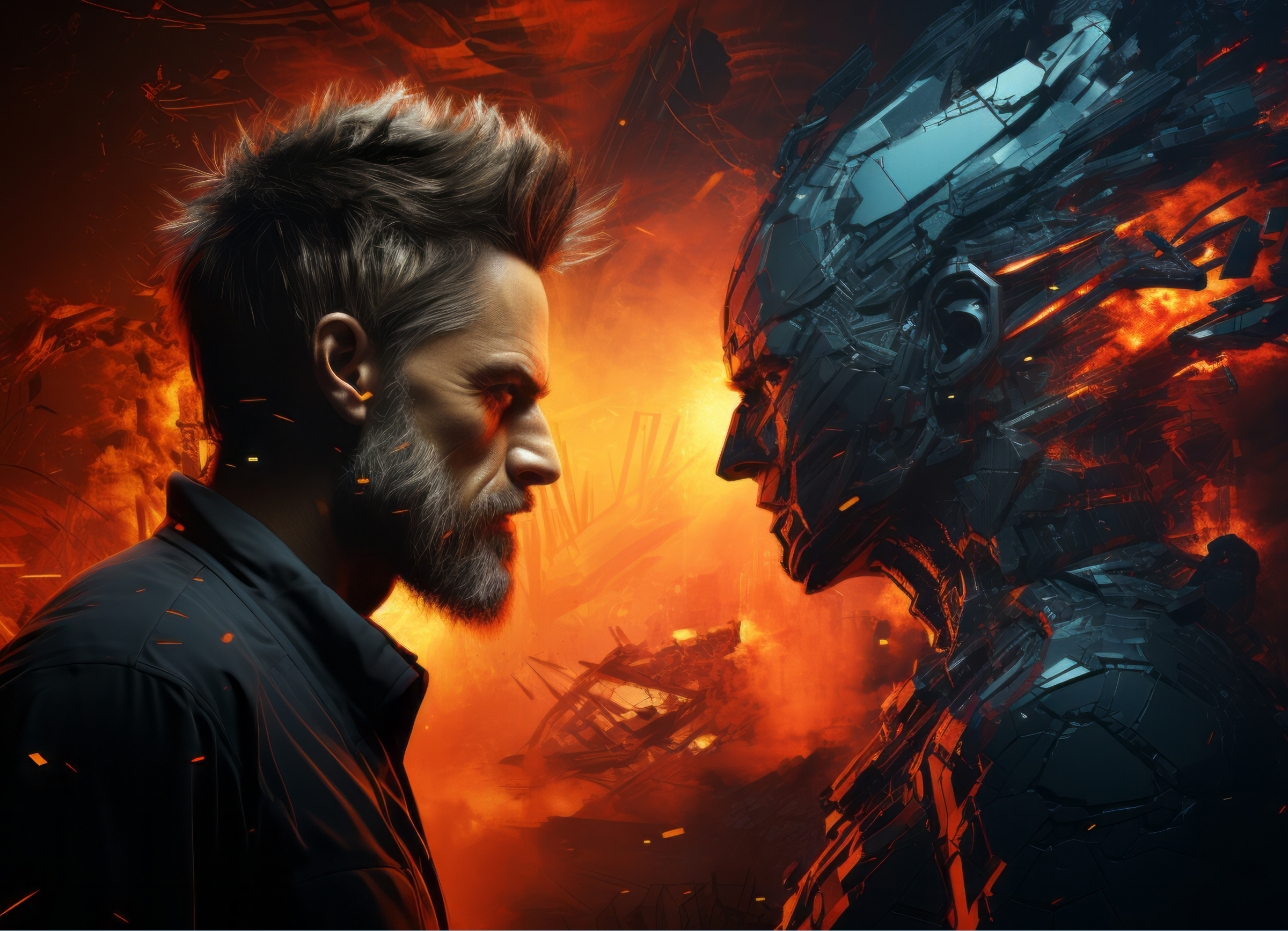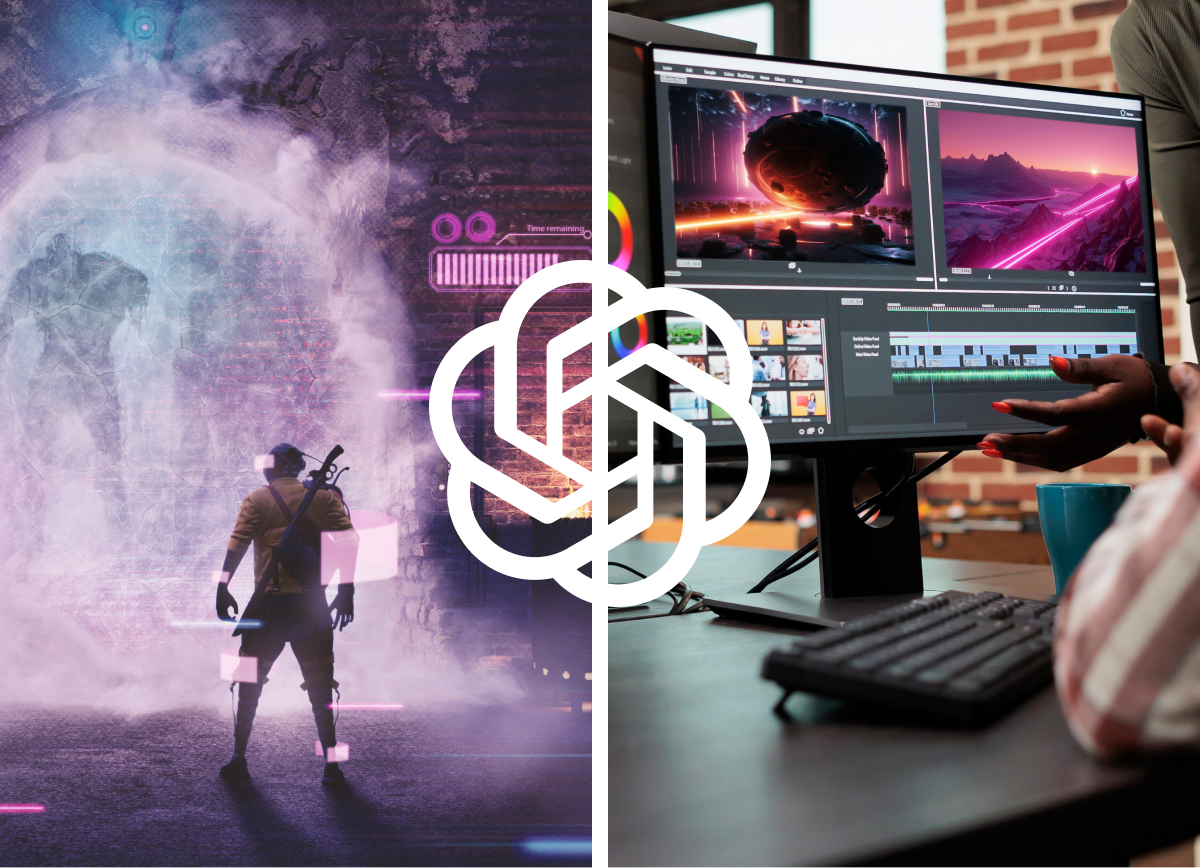
JavaScript has provided developers with a plethora of frameworks to work with while working on various projects. Each of these frameworks has been developed with a specific goal in mind, and developers are normally free to select which framework they think will work best for them. The selection of a framework relies on various factors such as the purpose of the software solution it will be used for, the functionality of the front and back ends of the project among other reasons. While some of the frameworks are created to solve more than one design issue, each of them has areas of development in which they thrive, and others where they perform dismally.
React and Ember are among the most popularly used JavaScript frameworks today. They have provided users with a fast and cost-effective way of developing interactive, robust, scalable, secure and efficient web and mobile applications. They also have the advantage of being continually improved seeing as they are open source. However, each of these frameworks is unique in various ways from the other and is utilized to achieve different goals in a development process. Here are a few comparisons that can help coders to select appropriately what the better framework for them is.
Purpose
The most fundamental difference between Ember and React is the purpose for which each of them was developed. For Ember.js, developers had in mind to create a JavaScript framework which would enable the creation of ambitious web applications. Ambitious, in this sense, means creating web applications which are interactive and which retain the state of any changes made to data within the application. These states vary from checked boxes to login status of a user, and Ember allows users to retain this information without having to reload the page.
React takes a different direction in its functionality, its fundamental use being to easily create highly interactive and complex user interfaces without much hustle. It accomplishes this by allowing developers to build independent components for their user interfaces instead of one large complex entity. By putting everything in its own encapsulation, React enables the handling of large data within a web and mobile application easy as it only updates the parts of the user interface which have changed individually instead of the entire interface. The declarative nature also makes it easy to debug interfaces because coders can debug each component independent from the others.
Capacity
Ember is a framework which gives developers a platform to develop their prototypes quickly and efficiently. It is a full-fledged framework, complete with libraries, templates, router, compilation and other pre-processing tools and even testing tools; all of which enable users to generate their project with the minimal use of other languages if any. While learning to work around all of its components may be a little tasking, users who eventually master Ember and its various parts gain the advantage of rapidly developing functional web applications which can be tested and edited efficiently. A big advantage for Ember users is that their level of productivity is boosted as they embrace this framework.
React.js has often been referred to as a library more than a framework. Developers usually have to make their own configuration, unlike Ember. React is widely used in the creation of reusable widgets within the user environment. It is not a standalone framework and is usually used to add to the works of other programming and scripting languages. Developers also require additional tools and libraries for factors such as routing, compilation, processing, and testing.
Strengths
Ember is perhaps the most usable frameworks which exist today. Because it comes packed with many other tools, it is an essential framework for rapid prototyping and testing. It helps users to focus on the functional parts of their applications and eliminates the need to reinvent wheels with every project. Ember is also considered efficient as updates and new versions of it do not rule out the functionality of older versions, allowing users to roll back to previous versions whenever they need to. The availability of built-in templates and tools coupled with phenomenal documentation make the learning of this framework easy and the utilization of its resources more directly.
Where React shines is in the division of complex programs and application processes into simple components. It enables developers to make the debugging process much faster and easier. Because it is coupled with other programming libraries, it enhances versatility within a program and enables users to utilize the best of each language to enhance development. React is also considered a highly adaptable language and coders do not require to change the already existing code that much to make room for the framework. The server-side communication offered by the framework is also fundamental in giving developers control over the server request lifecycles.
Weaknesses
The greatest weakness for Ember is the fact that it is a highly packed framework, so learning to utilize all of its components may take a while for beginners. The other problem with this framework is that it does not allow users to utilize resources from other languages into their applications, so if a certain desirable feature is not included in the library, users will have to devise alternative methods to get the desired functionality into their software.
React may be a simple language to learn, however, developers usually encounter many problems before mastering its use. Because it is typically only a library, React requires that its users configure many of the functional bits themselves, and this requires the use of many other development libraries.


